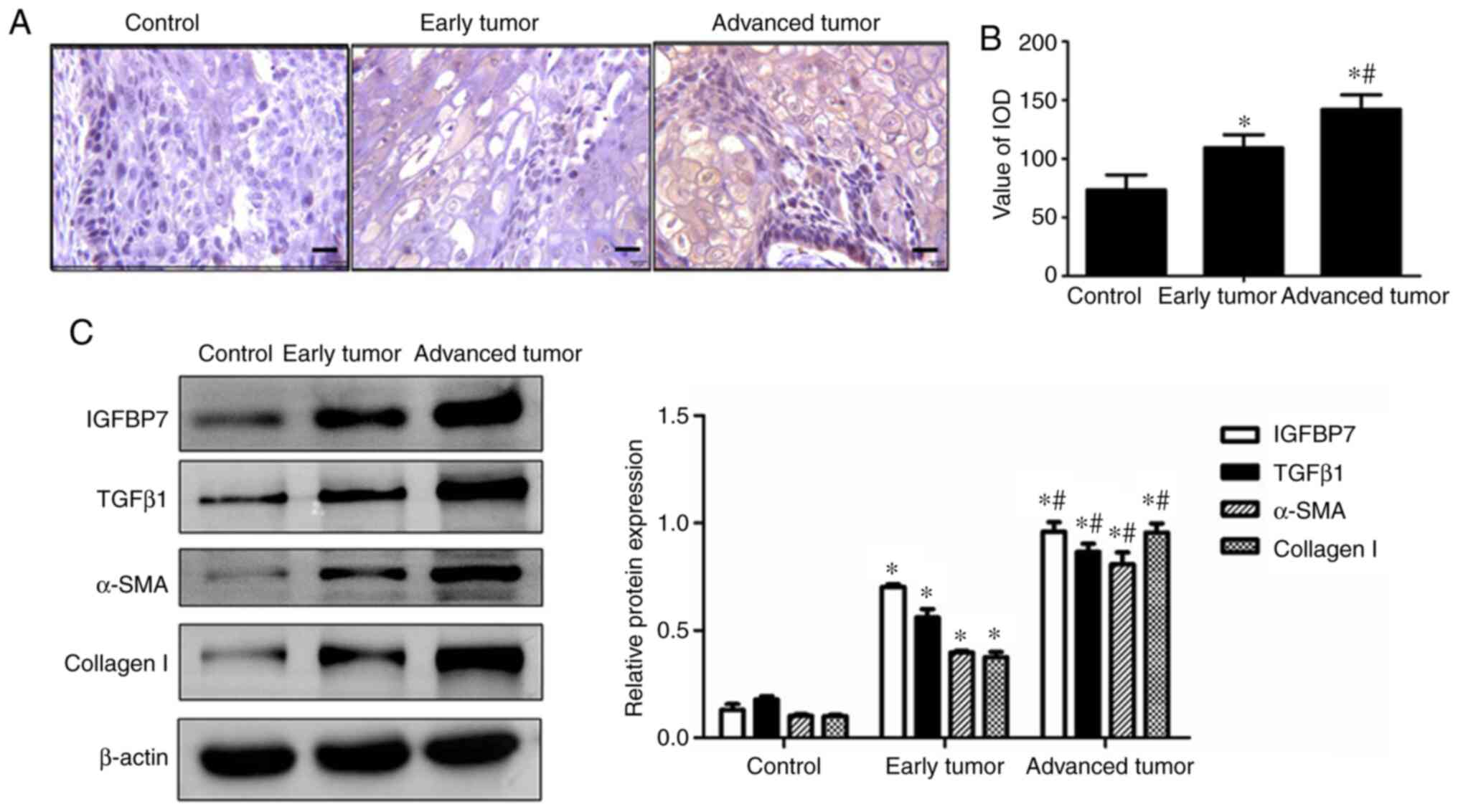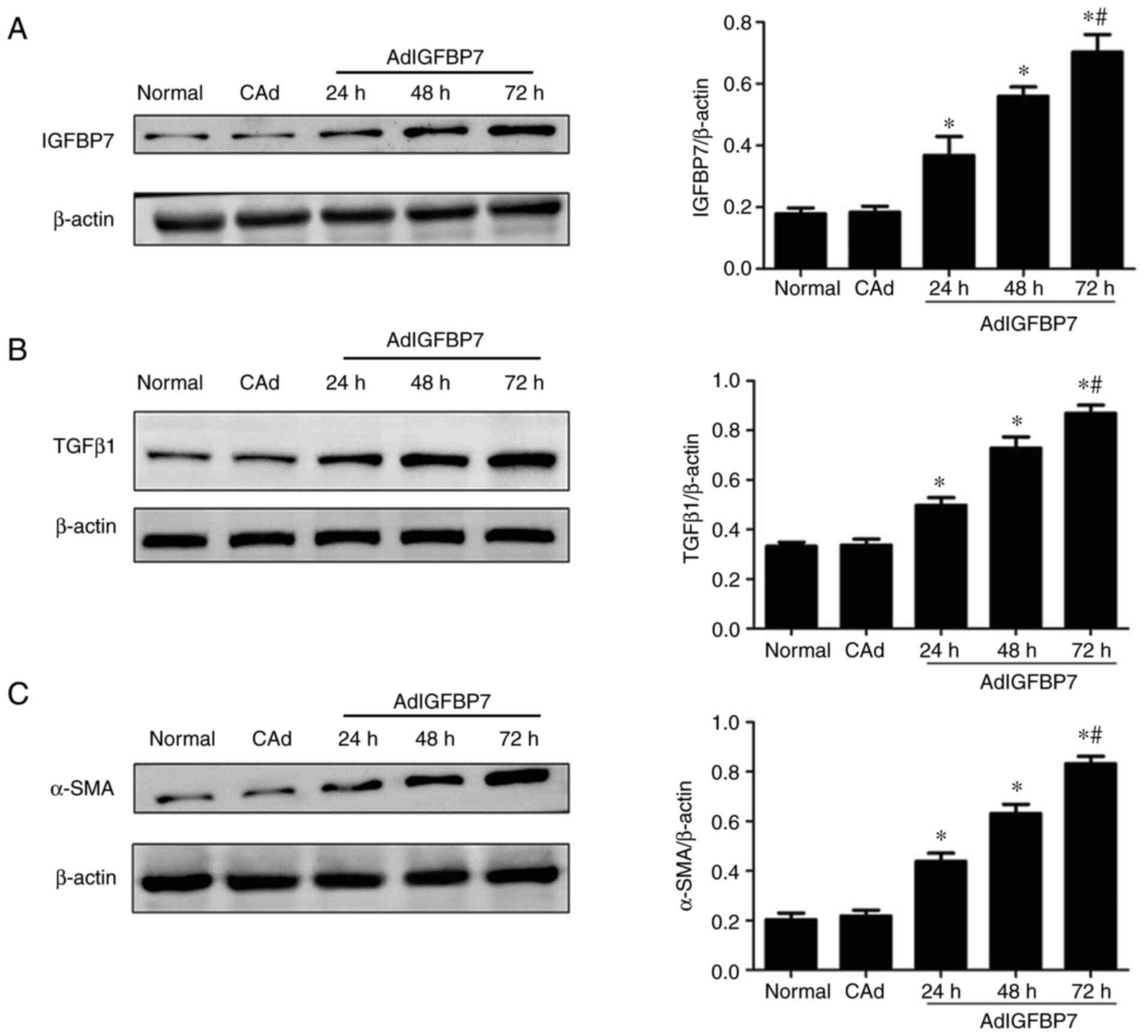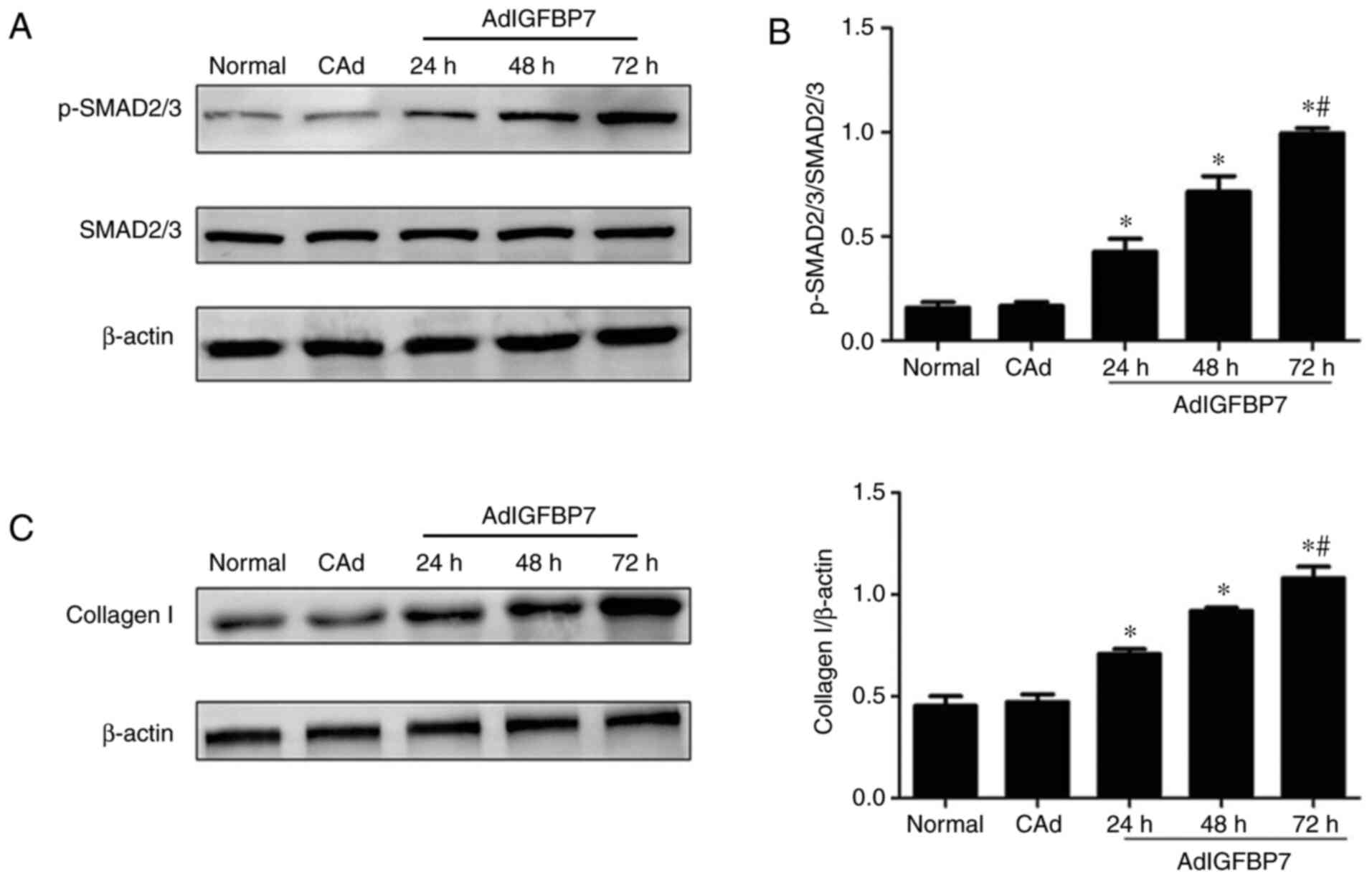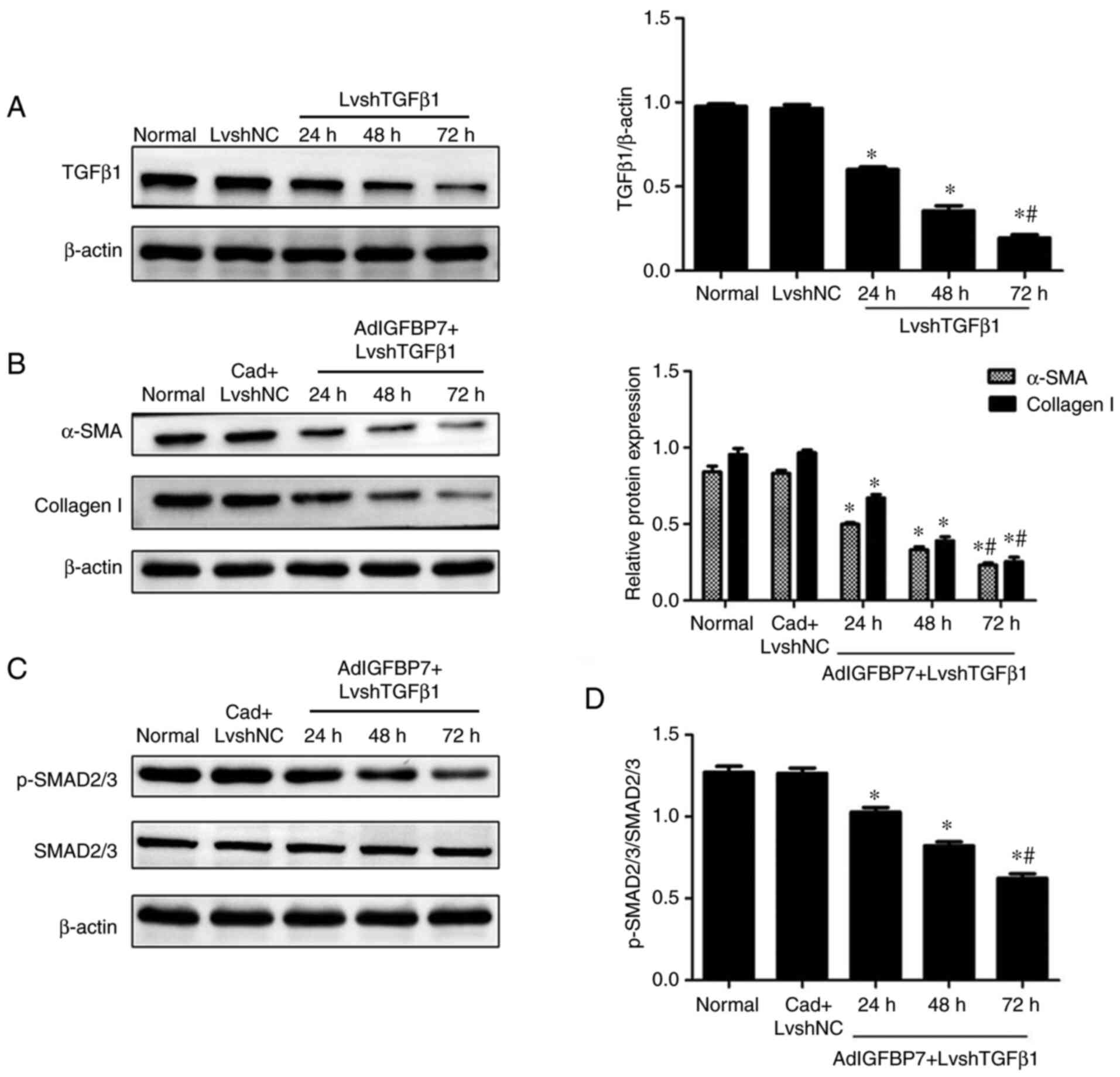|
1
|
Shi C, Pan B, Shi F, Xie ZH, Jiang YY,
Shang L, Zhang Y, Xu X, Cai Y, Hao JJ and Wang MR: Sequestosome 1
protects esophageal squamous carcinoma cells from apoptosis via
stabilizing SKP2 under serum starvation condition. Oncogene.
37:3260–3274. 2018. View Article : Google Scholar : PubMed/NCBI
|
|
2
|
Golyan F, Druley T and Abbaszadegan M:
Whole-exome sequencing of familial esophageal squamous cell
carcinoma identified rare pathogenic variants in new predisposition
genes. Clin Transl Oncol. 22:681–693. 2020. View Article : Google Scholar : PubMed/NCBI
|
|
3
|
Fatehi Hassanabad A, Chehade R, Breadner D
and Raphael J: Esophageal carcinoma: Towards targeted therapies.
Cell Oncol (Dordr). 43:195–209. 2020. View Article : Google Scholar : PubMed/NCBI
|
|
4
|
Komiya E, Sato H, Watanabe N, Ise M,
Higashi S, Miyagi Y and Miyazaki K: Angiomodulin, a marker of
cancer vasculature, is upregulated by vascular endothelial growth
factor and increases vascular permeability as a ligand of integrin
αvβ3. Cancer Med. 3:537–549. 2014. View
Article : Google Scholar : PubMed/NCBI
|
|
5
|
Fang P, Hwa V and Rosenfeld R: IGFBPs and
cancer. Novartis Found Symp. 262:215–268. 2004.PubMed/NCBI
|
|
6
|
Nancarrow DJ, Clouston AD, Smithers BM,
Gotley DC, Drew PA, Watson DI, Tyagi S, Hayward NK and Whiteman DC;
Australian Cancer Study; Study of Digestive Health, : Whole genome
expression array profiling highlights differences in mucosal
defense genes in Barrett's esophagus and esophageal adenocarcinoma.
PLoS One. 6:e225132011. View Article : Google Scholar : PubMed/NCBI
|
|
7
|
Zou MX, Zheng BW, Liu FS, Wang XB, Hu JR,
Huang W, Dai ZH, Zhang QS, Liu FB, Zhong H, et al: The Relationship
between tumor-stroma ratio, the immune microenvironment, and
survival in patients with spinal chordoma. Neurosurgery.
85:E1095–E1110. 2019. View Article : Google Scholar : PubMed/NCBI
|
|
8
|
Wang L, Han H, Wang Z, Shi L, Yang M and
Qin Y: Targeting the microenvironment in esophageal cancer. Front
Cell Dev Biol. 9:6849662021. View Article : Google Scholar : PubMed/NCBI
|
|
9
|
Bayer SV, Grither WR, Brenot A, Hwang PY,
Barcus CE, Ernst M, Pence P, Walter C, Pathak A and Longmore GD:
DDR2 controls breast tumor stiffness and metastasis by regulating
integrin mediated mechanotransduction in CAFs. Elife. 8:e455082019.
View Article : Google Scholar : PubMed/NCBI
|
|
10
|
Gao HC, Huang YZ, Liu YQ, Chen Y, Wang ZH
and Yin GH: Role of TG2 and TGF-β1 in the pathogenesis of human
breast cancer. Oncol Lett. 20:2212020. View Article : Google Scholar : PubMed/NCBI
|
|
11
|
Chung JY, Chan MK, Li JS, Chan AS, Tang
PC, Leung KT, To KF, Lan HY and Tang PM: TGF-β Signaling: From
tissue fibrosis to tumor microenvironment. Int J Sci.
22:75752021.
|
|
12
|
Nie Y, Yang Y, Zhang J, Cai G, Chang Y,
Chai G and Guo C: Shikonin suppresses pulmonary fibroblasts
proliferation and activation by regulating Akt and p38 MAPK
signaling pathways. Biomed. Pharmacother. 95:1119–1128. 2017.
View Article : Google Scholar : PubMed/NCBI
|
|
13
|
Angioni R, Sánchez-Rodríguez R, Viola A
and Molon B: TGF-β in Cancer: Metabolic driver of the tolerogenic
crosstalk in the tumor microenvironment. Cancers (Basel).
13:4012021. View Article : Google Scholar : PubMed/NCBI
|
|
14
|
Gwon MG, An HJ, Kim JY, Kim WH, Gu H, Kim
HJ, Leem J, Jung HJ and Park KK: Anti-fibrotic effects of synthetic
TGF-β1 and Smad oligodeoxynucleotide on kidney fibrosis in vivo and
in vitro through inhibition of both epithelial dedifferentiation
and endothelial-mesenchymal transitions. FASEB J. 34:333–349. 2020.
View Article : Google Scholar : PubMed/NCBI
|
|
15
|
Hu HH, Chen DQ, Wang YN, Feng YL, Cao G,
Vaziri ND and Zhao YY: New insights into TGF-β/Smad signaling in
tissue fibrosis. Chem Biol Interact. 292:76–83. 2018. View Article : Google Scholar : PubMed/NCBI
|
|
16
|
Li X, Zhang Q, Zhang H, Guo X, Fan H and
Liu L: Interaction between insulin-like growth factor binding
protein-related protein 1 and transforming growth factor beta 1 in
primary hepatic stellate cells. Hepatobiliary Pancreat Dis Int.
16:395–404. 2017. View Article : Google Scholar : PubMed/NCBI
|
|
17
|
Liu CT, Xu YW, Guo H, Hong CQ, Huang XY,
Luo YH, Yang SH, Chu LY, Li EM and Peng YH: Serum insulin-like
growth factor binding protein 7 as a potential biomarker in the
diagnosis and prognosis of esophagogastric junction adenocarcinoma.
Gut Liver. 14:727–734. 2020. View
Article : Google Scholar : PubMed/NCBI
|
|
18
|
Creemers A, Ebbing EA, Pelgrim TC, Lagarde
SM, van Etten-Jamaludin FS, van Berge Henegouwen MI, Hulshof MCCM,
Krishnadath KK, Meijer SL, Bijlsma MF, et al: A systematic review
and meta-analysis of prognostic biomarkers in resectable esophageal
adenocarcinomas. Sci Rep. 8:132812018. View Article : Google Scholar : PubMed/NCBI
|
|
19
|
Vitiello GAF, Amarante MK, Oda JMM, Hirata
BKB, de Oliveira CEC, Campos CZ, de Oliveira KB, Guembarovski RL
and Watanabe MAE: Transforming growth factor beta 1 (TGFβ1)
plasmatic levels in breast cancer and neoplasia-free women:
Association with patients' characteristics and TGFB1 haplotypes.
Cytokine. 130:1550792020. View Article : Google Scholar : PubMed/NCBI
|
|
20
|
Wang C, Wang T, Lv D, Li L, Yue J, Chen HZ
and Xu L: Acquired resistance to EGFR TKIs mediated by
TGFβ1/Integrin β3 signaling in EGFR-Mutant lung cancer. Mol Cancer
Ther. 18:2357–2367. 2019. View Article : Google Scholar : PubMed/NCBI
|
|
21
|
Chen D, Zhang Z, Mao C, Zhou Y, Yu L, Yin
Y, Wu S, Mou X and Zhu Y: ANRIL inhibits p15(INK4b) through the
TGFβ1 signaling pathway in human esophageal squamous cell
carcinoma. Cell Immunol. 289:91–96. 2014. View Article : Google Scholar : PubMed/NCBI
|
|
22
|
Zhang H, Xie C, Yue J, Jiang Z, Zhou R,
Xie R, Wang Y and Wu S: Cancer-associated fibroblasts mediated
chemoresistance by a FOXO1/TGFβ1 signaling loop in esophageal
squamous cell carcinoma. Mol Carcinog. 56:1150–1163. 2017.
View Article : Google Scholar : PubMed/NCBI
|
|
23
|
Guo Y, Zhang Y, Zhang Q, Guo X, Zhang H,
Zheng G and Liu L: Insulin-like growth factor binding
protein-related protein 1 (IGFBPrP1) contributes to liver
inflammation and fibrosis via activation of the ERK1/2 pathway.
Hepatol Int. 9:130–141. 2015. View Article : Google Scholar : PubMed/NCBI
|
|
24
|
Zhang Y, Zhang QQ, Guo XH, Zhang HY and
Liu LX: IGFBPrP1 induces liver fibrosis by inducing hepatic
stellate cell activation and hepatocyte apoptosis via Smad2/3
signaling. World J Gastroenterol. 20:6523–6533. 2014. View Article : Google Scholar : PubMed/NCBI
|
|
25
|
Rao C, Lin SL, Ruan WJ, Wen H, Wu DJ and
Deng H: High expression of IGFBP7 in fibroblasts induced by
colorectal cancer cells is co-regulated by TGF-β and Wnt signaling
in a Smad2/3-Dvl2/3-dependent manner. PLoS One. 9:e853402014.
View Article : Google Scholar : PubMed/NCBI
|
|
26
|
Kong Y, Huang T, Zhang H, Zhang Q, Ren J,
Guo X, Fan H and Liu L: The lncRNA NEAT1/miR-29b/Atg9a axis
regulates IGFBPrP1-induced autophagy and activation of mouse
hepatic stellate cells. Life Sci. 237:1169022019. View Article : Google Scholar : PubMed/NCBI
|
|
27
|
Ren JJ, Huang TJ, Zhang QQ, Zhang HY, Guo
XH, Fan HQ, Li RK and Liu LX: Insulin-like growth factor binding
protein related protein 1 knockdown attenuates hepatic fibrosis via
the regulation of MMPs/TIMPs in mice. Hepatobiliary Pancreat Dis
Int. 18:38–47. 2019. View Article : Google Scholar : PubMed/NCBI
|
|
28
|
Guo X, Zhang H, Zhang Q, Li X and Liu L:
Screening for and validation of a hepatic fibrosis-related pathway
induced by insulin-like growth factor-binding protein-related
protein 1. Eur J Gastroenterol Hepatol. 28:762–772. 2016.
View Article : Google Scholar : PubMed/NCBI
|


















